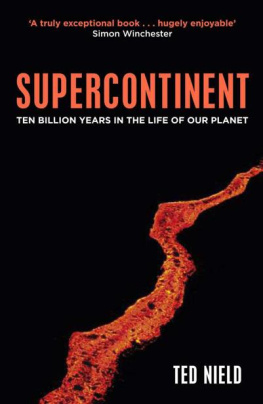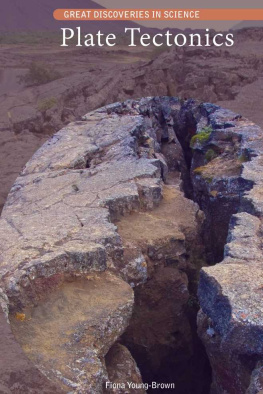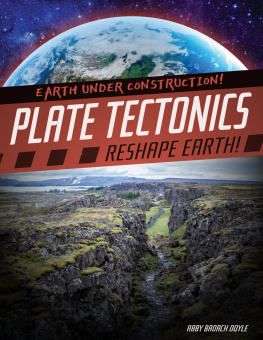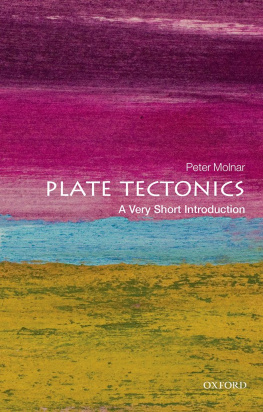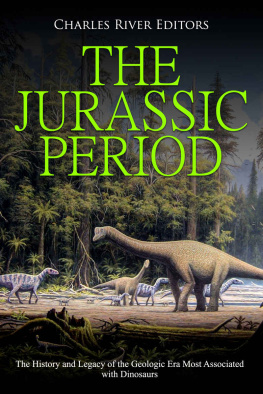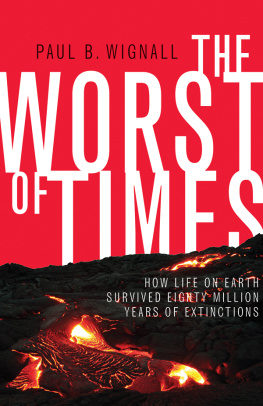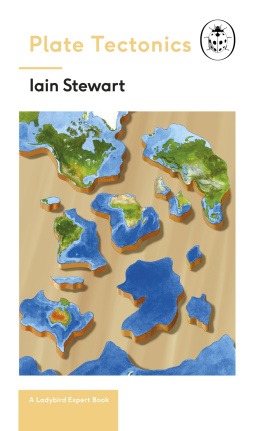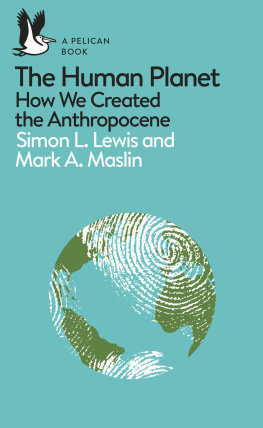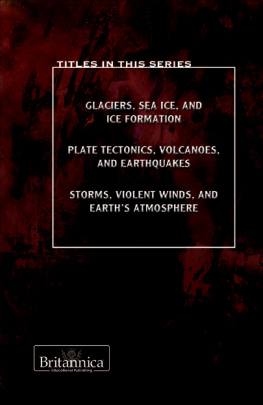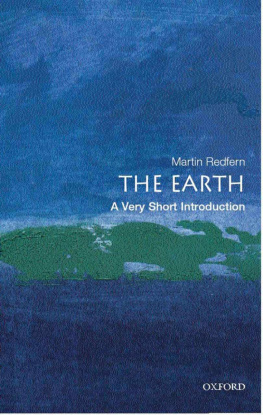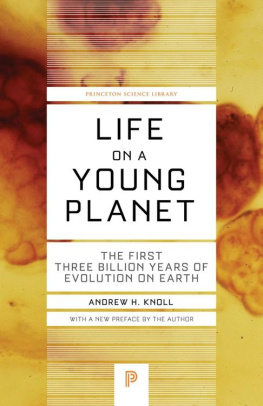The mind must believe in the existence of a law, and yet have a mystery to move about in.
ACKNOWLEDGEMENTS
For particular help with this book and with previous writings of mine that have contributed to it, I gladly acknowledge the following persons (who are, of course, in no way responsible for remaining omissions and errors, for all of which responsibility rests with me).
Professor Philip Allen, Professor Mike Benton, Ms Vivianne Berg-Madsen, Professor Kevin Burke, Dr Tony Cooper, Professor John C. W. Cope, Professor Charles Curtis, Professor Ian Dalziel, Dr Wolfgang Eder, Professor Michael Ellis, Professor John Grotzinger, Dr Gordon Herries-Davies, Professor Paul Hoffman, Mr Robert Howells, Dr Patrick Wyse Jackson, Dr Werner Janoschek, Dr Sven Laufeld, Dr Roy Livermore, Dr Bryan Lovell, Dr Joe McCall, Professor Mark McMenamin, Dr John Milsom, Professor Eldridge Moores, Dr Bettina Reichenbacher, Professor John J. W. Rogers, Dr Mike Romano, Professor Mike Russell, Dr Gaby Schneider, Professor Chris Scotese, Professor Dick Selley, Professor Bruce Sellwood, Professor Dr Klaus Weber, Dr Jeffrey Huw Williams, Mr Simon Winchester and Dr Rachel Wood. My special thanks go to those in this list who critically read parts of the book in manuscript.
I should like to acknowledge the Geological Society of London for its enlightenment in encouraging private enterprise among its employees ; but I also owe an immense debt to the Society as a Fellow. Fellowship has provided me with invaluable access to one of the great geological libraries of the world; and to the services of my colleague, Wendy Cawthorne. Wendy, like all the best Assistant Librarians, assists in finding the things readers ask for, but then goes the extra mile to find the things they actually need.
The idea for this book came to me very early one happy summer morning in 2003, among the chestnut trees of Valle Franaise, Lozre, France. I made the first outline in a letter I was writing to my dear friend since student days, Professor Mike Ellis, now at the US National Science Foundation. Had he and I not been corresponding in this old-fashioned way since he selfishly removed himself to the other side of the Atlantic, I might never have begun this project. I also thank my editor, George Miller at Granta, who took me to lunch and made editorial suggestions that greatly improved the text.
I should pay homage to the late and great Professors Janet Watson and Mike Coward of Imperial College, London. They never taught me in the strict sense, but after reading their work as a student I eventually met Janet and came to count Mike as a friend. In this group must also be numbered Dr Rod Graham (still vigorously extant), who did teach me, but who has since, I hope, forgiven me.
To all I owe my sense of awe at their achievements in untangling the rocks of the Precambrian. I must also acknowledge two more of my personal giants, the late Professors Derek Ager and Dick Owen, both of whom taught me by example that the most complicated science ought to be explicable in language everyone can understand: a lesson that stood me well in my subsequent career as a science journalist.
I hope that this book will be seen as one long homage to all those great geologists whom I have met over the years and who have helped me. I lay no claim to having seen further, but in the thirty years that have passed since I began studying Earth science, too many giants have offered me their shoulders as footstools for me to be able to acknowledge them all by name. However, for the dedication of this book I would like to single out my fellow members of the Management Team of the International Year of Planet Earth, with whom discussions on the way that Earth sciences benefit society in general have played a major role in the development of this book.
Most of all, my thanks go to my wife Fabienne, who has continued to provide that without which nothing would be possible.
Ted Nield
FOREWORD
BIG CRUNCH
Different living is not living in different places
But making in the mind a map.
STEPHEN SPENDER
The drifting continents of the Earth are heading for collision. Two hundred and fifty million years from now, all landmasses will come together in a single, gigantic supercontinent. It already has a name (in fact, it has three) even though human eyes will, in all probability, never see it.
That future supercontinent will not be the first to have formed on Earth, nor will it be the last. The continents we know today Africa, the Americas, Asia, Australia, Europe and the Antarctic are fragments of the previous supercontinent Pangaea, which gave birth to dinosaurs, and whose break-up was first understood barely a century ago, in 1912. Yet 750 million years before Pangaea formed, yet another one broke up; and before that another, and so on and on, back into the almost indecipherable past. The Earths landmasses are locked in a stately quadrille that geologists call the Supercontinent Cycle, the grandest of all the patterns in nature.
Men and women have been imagining lost or undiscovered continents for centuries. For early mapmakers they filled in gaps, forming a bridge from the uncertain to the unknown. Nineteenth-century zoologists and botanists speculated about sunken lands to explain odd distributions of animals and plants. Early evolutionists peopled their hypothetical lost lands with the ancestors of mankind. Fringe religions adopted them and embattled minority cultures latched on to them to bolster their myths. All had one thing in common: the basic human urge to understand and make sense of the world.
Today geography has no room for lost continents. The world is ringed by satellites that reveal no undiscovered country. But lost continents have found, at last, a true science of their own. This book is about how that science emerged and how Earth scientists are using the most modern techniques to wring as much information as they can out of the oldest rocks on Earth and predict what the next supercontinent will look like.

